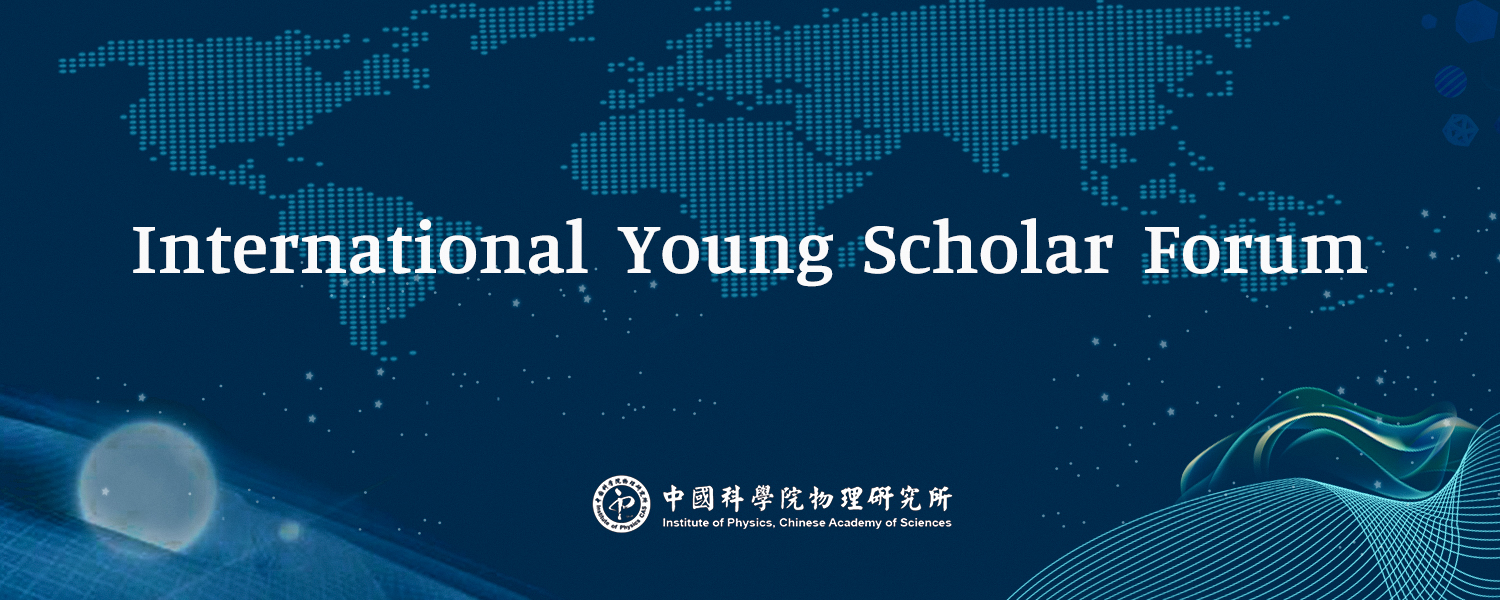Speaker: Prof. Changjiang Liu, University at Buffalo, SUNY
Host: Prof. Yangmu Li, National Lab for Superconductivity, IOP
Time: 10:00 am, December 28th, 2022
Abstract:
Oxide material system is an ideal playground for uncovering new physics owing to the strong interactions between electron spins, charges and lattices. In this talk, I will first present the discovery of two-dimensional superconductivity at oxide-insulator/KTaO3 interfaces. The superconducting transition temperature Tc at this oxide interface reaches 2.2 K, which is about one order of magnitude higher than that found in the LaAlO3/SrTiO3 system. Notably, this new interfacial superconductor shows some unusual properties, such as an extreme sensitivity of superconductivity to the crystallographic orientations. We find that a Cooper paring through inter-orbital interactions as induced by transverse optical phonons could explain this phenomenon. I will then discuss how thermally excited magnons can be used to probe individual magnetic sublattices in the classical antiferromagnet Cr2O3. I will show that the magnon spin current can be further controlled by an electric field via a magnetoelectric coupling in Cr2O3.
References:
[1] C. Liu et al., Science, 371, 716–721 (2021)
[2] C. Liu et al., Science Advances 7, eabg1669 (2021)
Brief CV of Prof. Changjiang Liu:
Changjiang Liu is currently an assistant professor in the physics department at the University at Buffalo, SUNY. Prior to joining UB, he was a postdoctoral researcher in the materials science division at Argonne National Laboratory. He obtained his Ph.D. in physics from University of Minnesota. His research interests include synthesis of materials using molecular beam epitaxy, investigation of superconductivity in oxide interfaces, quantum critical phenomena in correlated materials and spin transport in magnetic systems.
